BQE Repairs Take Center Stage at Brooklyn Heights Association's Packed Annual Meeting
The annual event, which attracted an overflow crowd, focused on difficult issues affecting the future of the area.

It’s been quite a year for the residents of Brooklyn Heights.
This was reflected in the turnout for the Brooklyn Heights Association’s annual meeting, which took place at St. Francis College Tuesday night. The space was packed quickly, with many forced to stand in the back and at the wings of the room.
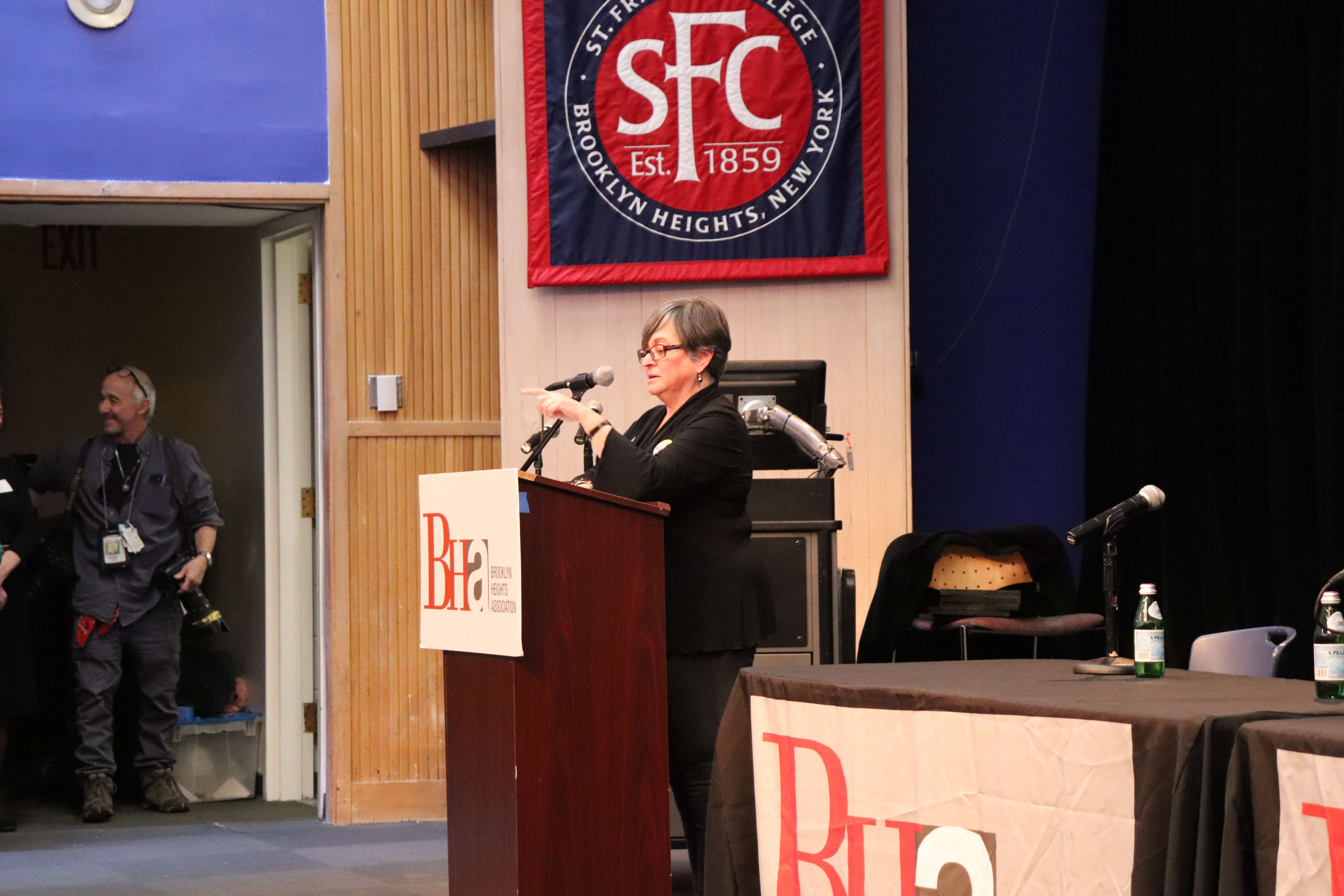
They all stayed for the opening remarks, made by BHA President Martha Bakos Dietz. Speaking to the sympathies of the audience, she talked about the challenges facing the community regarding the contentious plan to dismantle the Brooklyn Heights Promenade and run a six-lane highway through the Heights to repair the crumbling Brooklyn-Queens Expressway, along with the proposal to increase the size of the Brooklyn House of Detention at 275 Atlantic Avenue in Boerum Hill to 40 stories as part of city’s borough-based overhaul of its jail system.
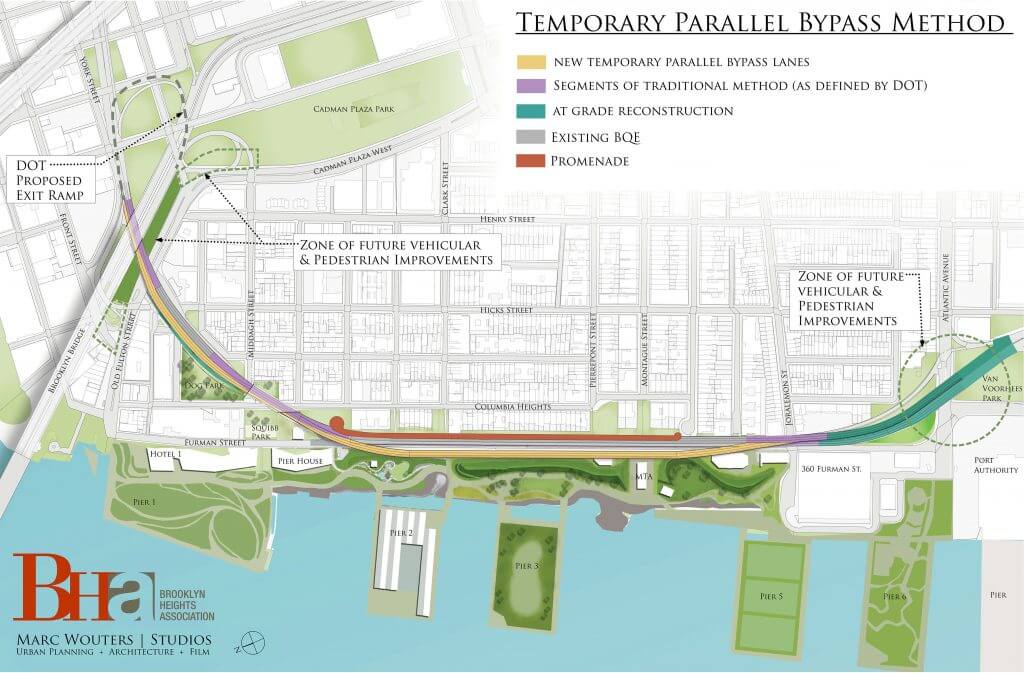
“There’s been a lack of any meaningful engagement” on both fronts, she told the crowd. The city is rushing to start the public review, or ULURP, process for the new jail and, despite the Department of Transportation’s promise they would respond to BHA’s alternative BQE repair plan, the community group has heard nothing yet.
Following a brief awards ceremony, where Tom Stewart, a local resident and broadcaster from Thirteen WNET New York, gave out a series of Community Service Awards, the space was cleared for a panel discussion. New York Times columnist and local resident Ginia Bellafante led the conversation, which featured Hunter College urban planning professor and author Tom Angotti, Executive Director of the Fifth Avenue Committee Michelle de la Uz and Alexander Garvin, a Yale professor and former City Planning Commissioner.
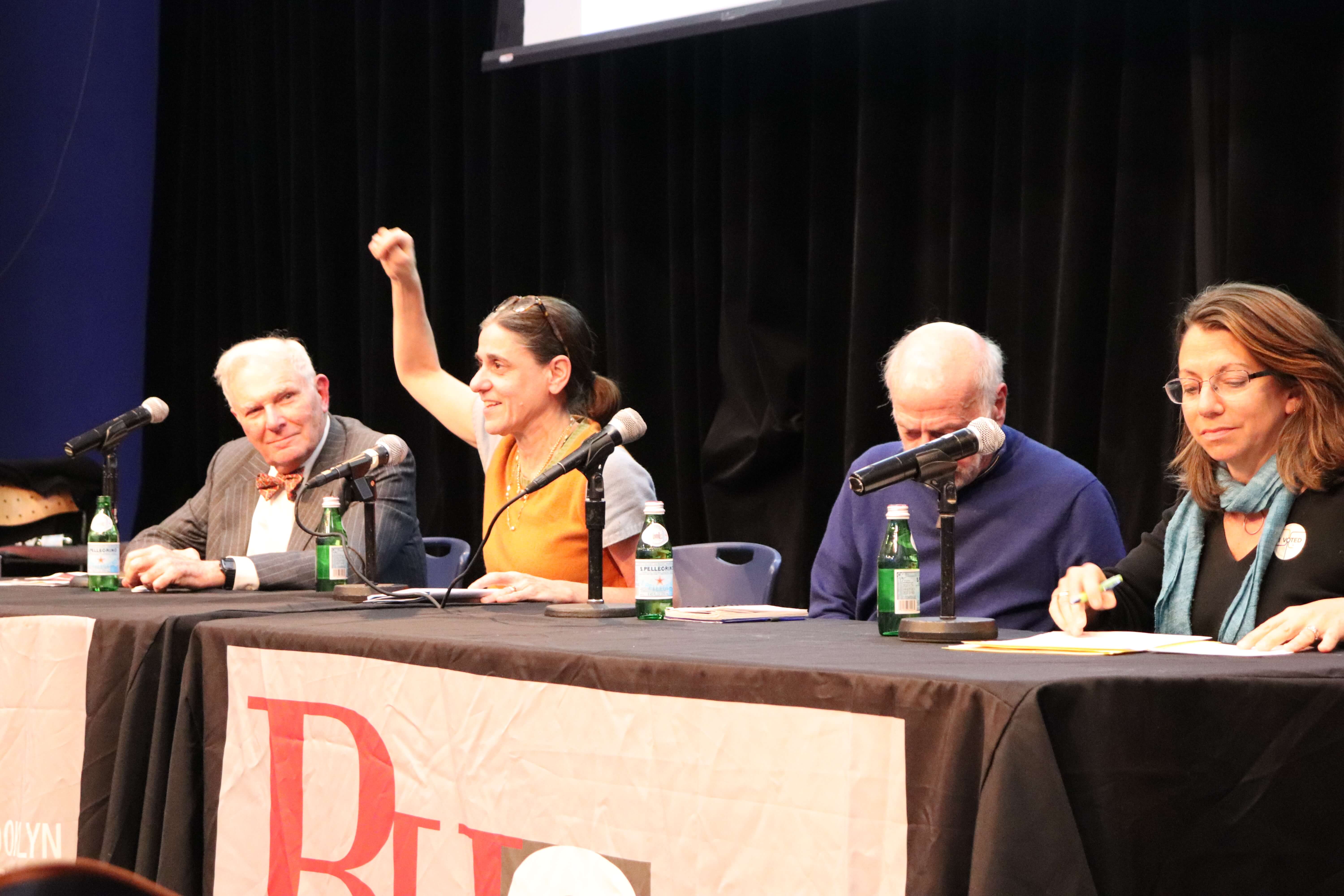
They did not wait on tackling the big topics. “Why are we not talking about getting rid of the BQE all together?” Bellafante asked to start things off.
Angotti felt that the possibility should remain open, while Garvin and de la Uz thought it was unrealistic to close down the roadway entirely. While the conversation shifted from the BQE to other issues, including development, affordable housing and the problem of empty storefronts, all the panelists were in agreement: Planning is something we have in theory rather than practice; a long term vision is something that has always been lacking.
“We don’t really plan in New York City,” Angotti said. “We go step by step, one project to the next.” He called this “incremental” planning.
Regarding the problems with the BQE specifically, de la Uz was more specific. The problem has been known for years, but nobody did anything about it. “We kicked the can,” she said.
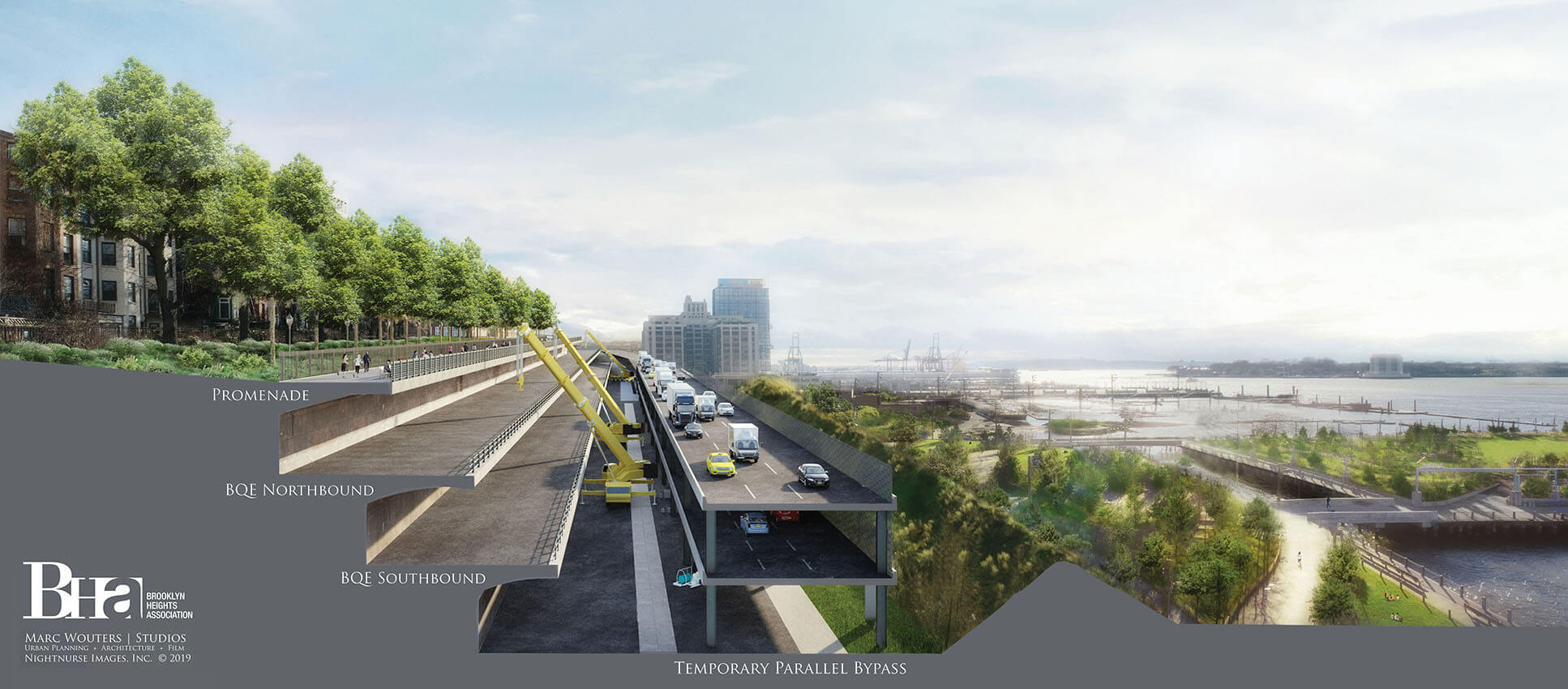
The panelists, while adding that they were coming at these issues from different backgrounds, implored the residents in the audience to continue speaking up. “It’s very important for every community to have plans like this because you cannot expect city government to have answers to every question,” Garvin said. “There are things that can be done, but it requires somebody to do the planning. We have nobody doing the planning. We have reaction.”
Related Stories
- The Promenade Should Stay, Locals Agree. But What Should Be Done With the BQE?
- The Story of Brooklyn’s Grand Stage, the Brooklyn Heights Promenade
- Public Slams Plan for New 40-Story Jail in Boerum Hill at Contentious Public Hearing
Email tips@brownstoner.com with further comments, questions or tips. Follow Brownstoner on Twitter and Instagram, and like us on Facebook.


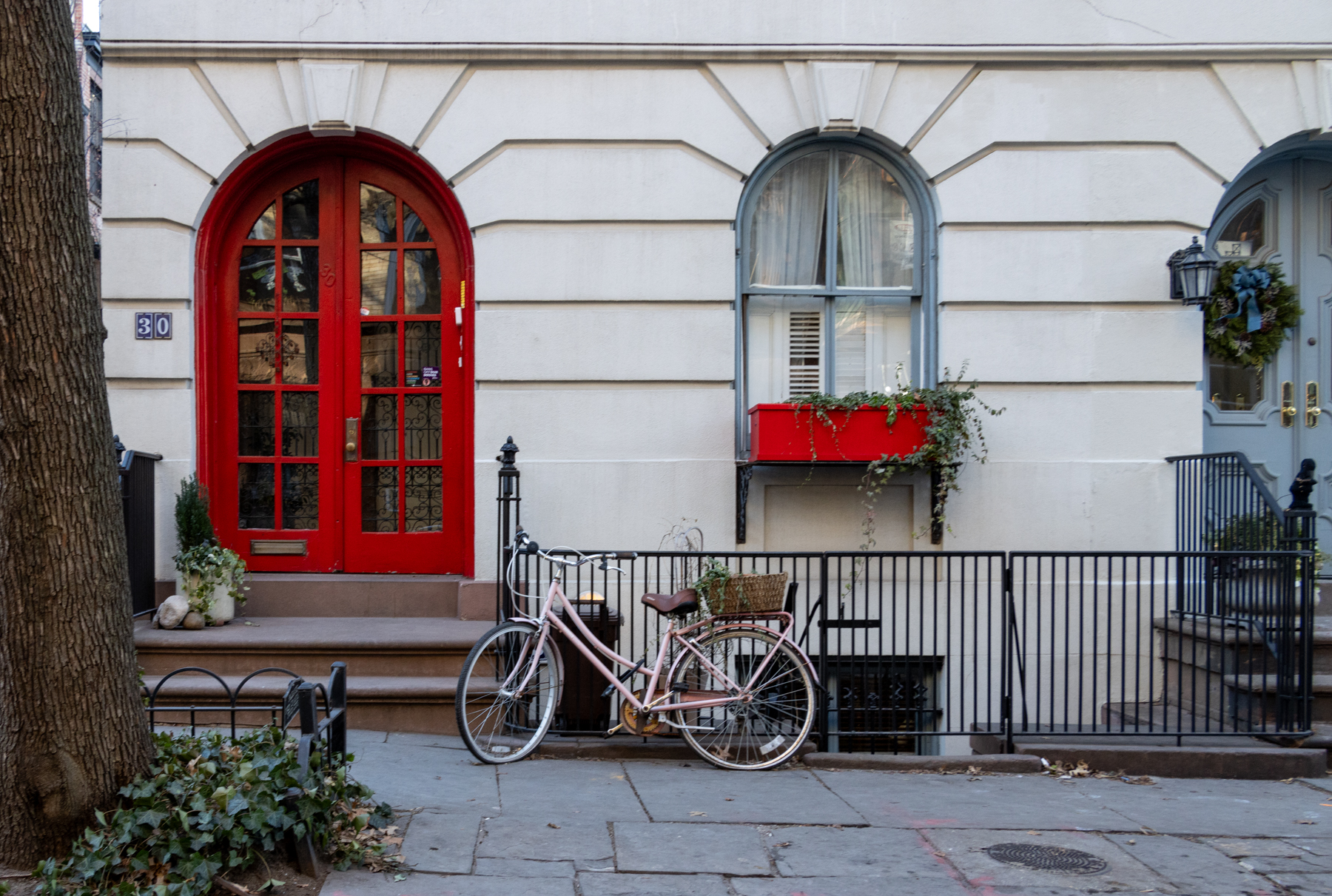
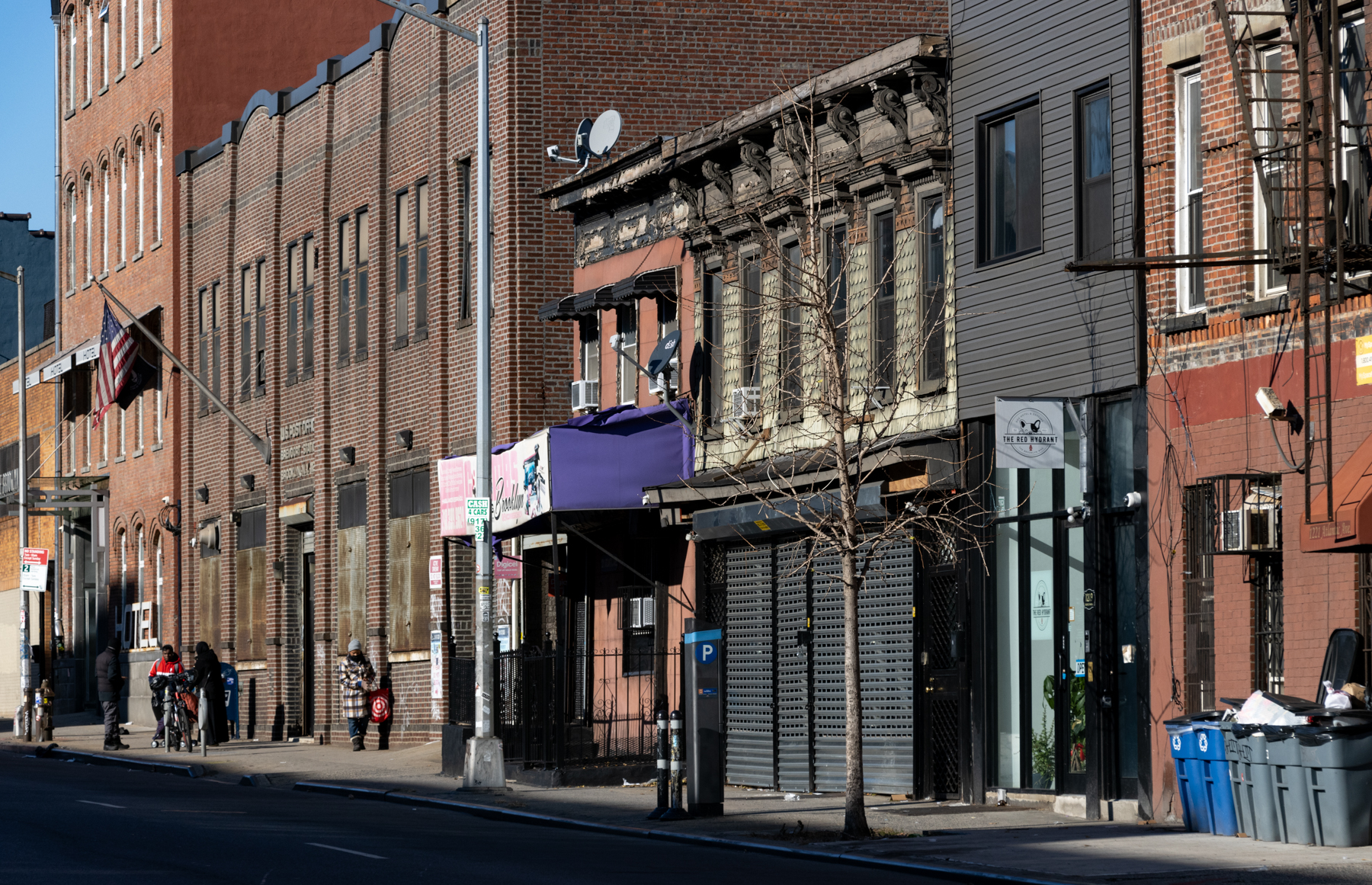
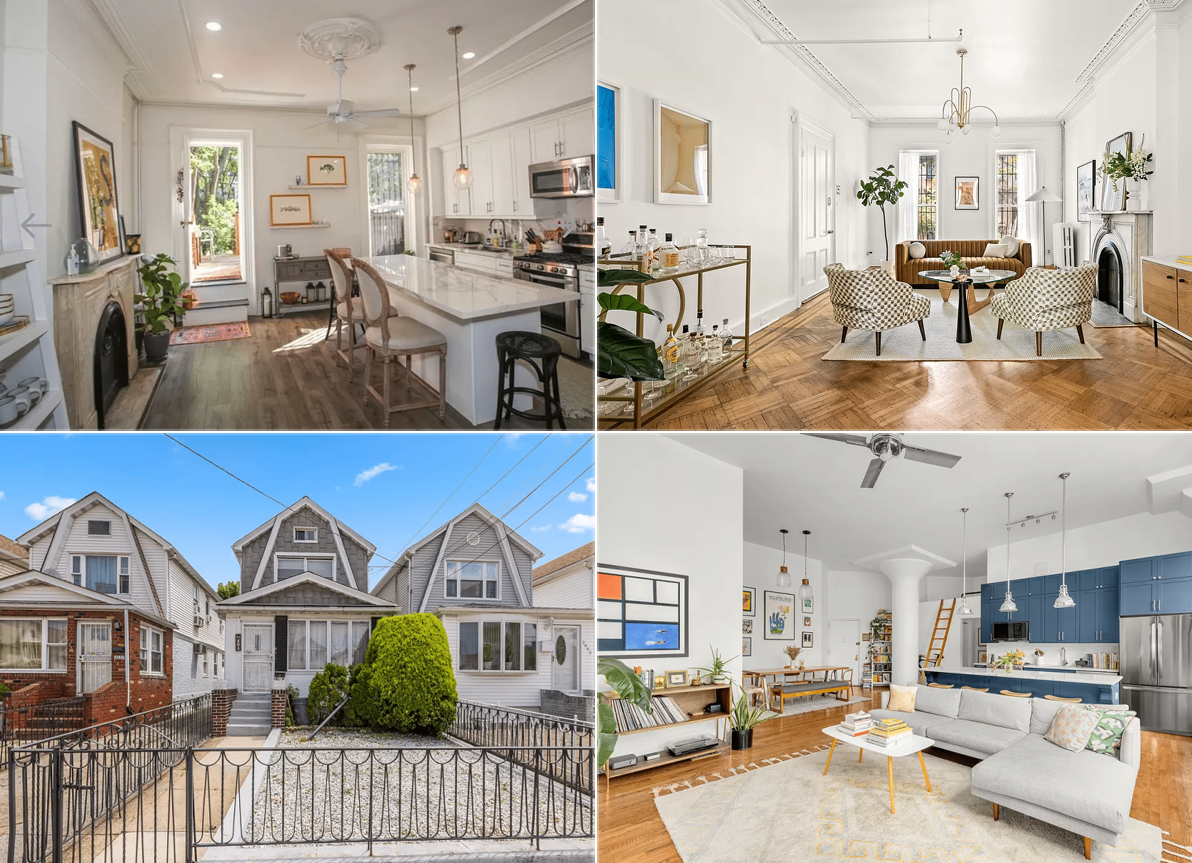




What's Your Take? Leave a Comment